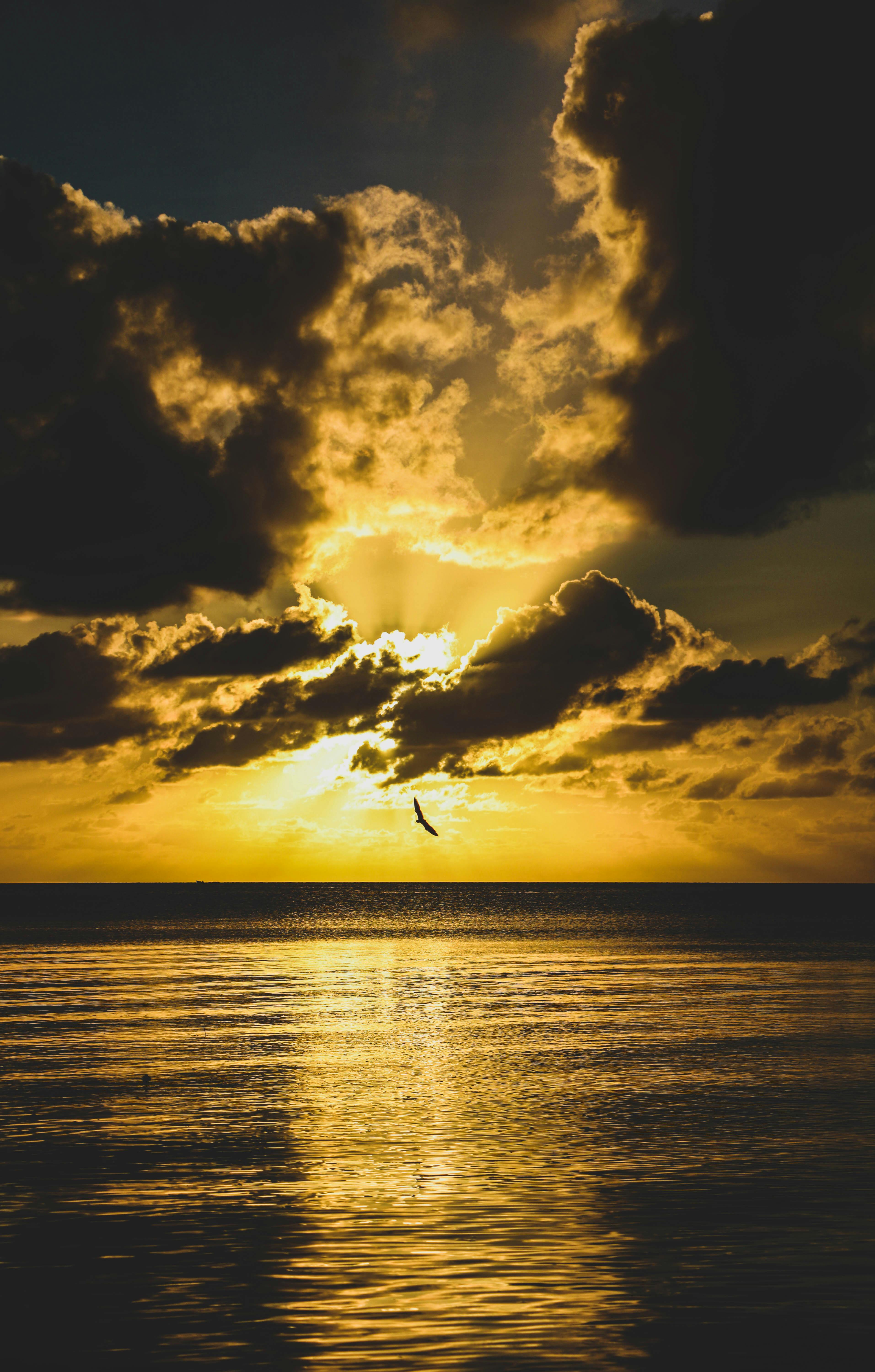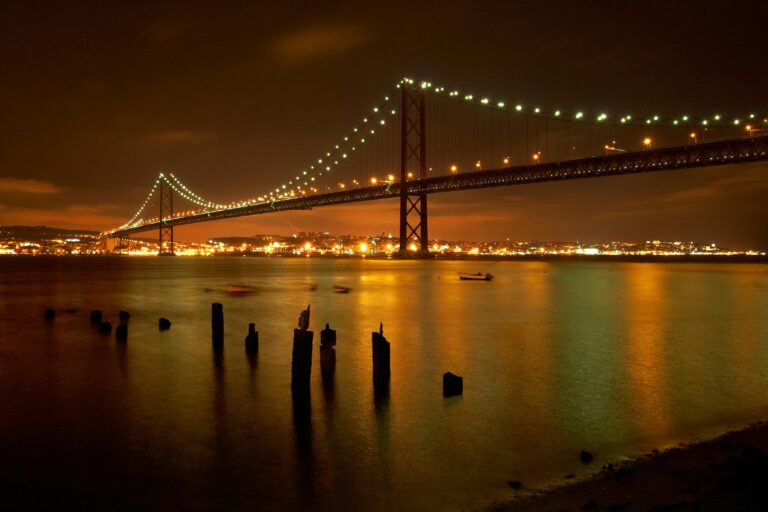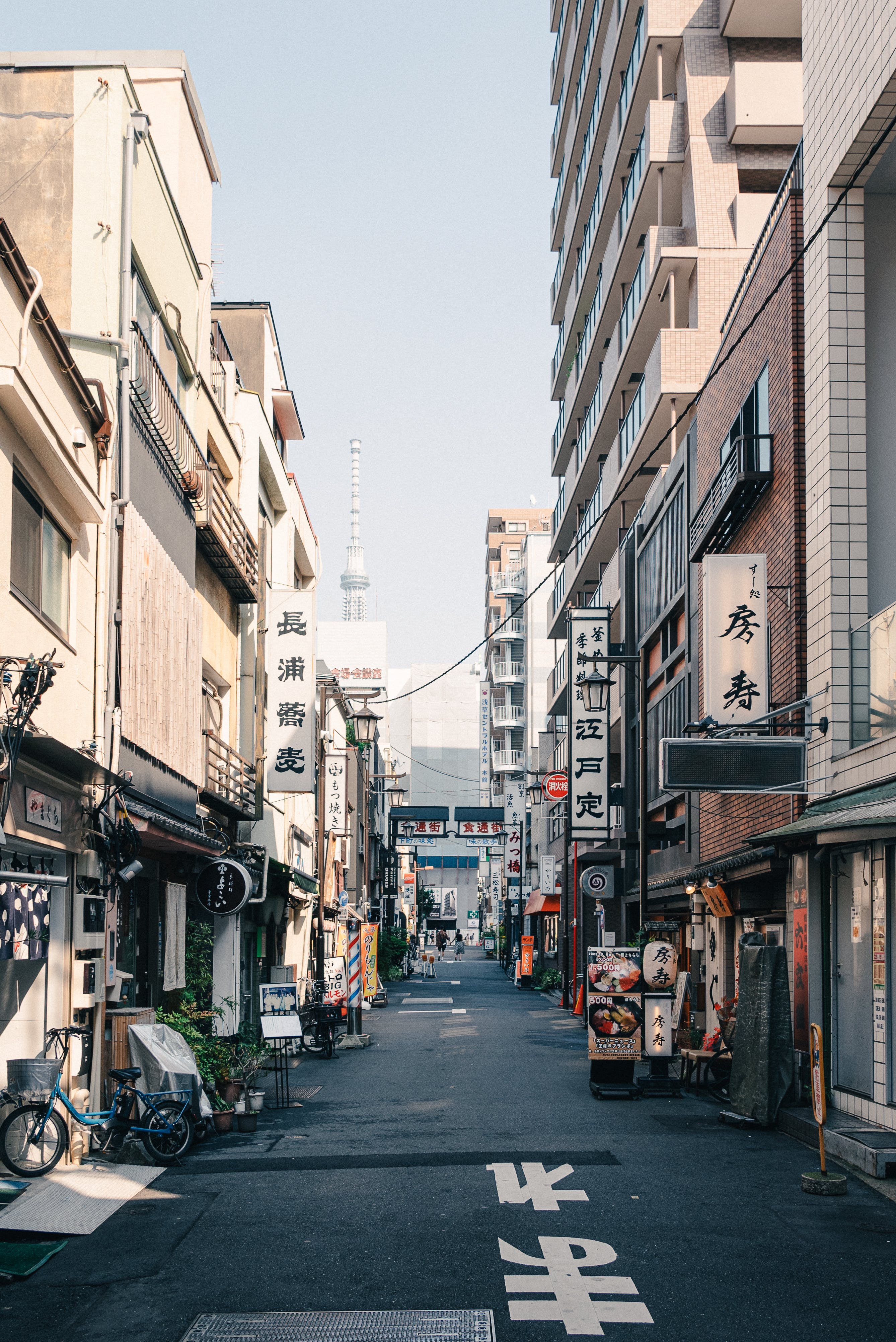Explore Best Destination
Discover our travel blog for inspiring stories, tips, and guides. From hidden gems to cultural experiences, we cover it all to fuel your wanderlust and help you plan unforgettable adventures!

Best Time to Visit Kiribati: A Complete Guide to the Ideal Seasons for Travel
Kiribati, an island nation scattered across the equator in the central Pacific Ocean, is known for its pristine beaches, rich cultural heritage, and vibrant marine life. While this paradise is often considered off the beaten path for many travelers, it offers unique opportunities for those seeking adventure, relaxation, and cultural immersion.
But when is the best time to visit Kiribati? Understanding the weather, seasons, and events in Kiribati is key to planning a successful trip. In this comprehensive guide, we’ll explore the best months to travel, what to expect from Kiribati’s climate, and the best activities to enjoy during your visit.
Kiribati Weather Overview
Kiribati has a tropical climate, with consistently warm temperatures year-round. The country’s islands are spread across a vast area, so weather conditions can vary slightly depending on the specific island you’re visiting. However, there are general patterns to keep in mind when planning your trip.
1. Dry Season: May to October
The dry season in Kiribati, which runs from May to October, is considered the best time to visit for many travelers. During these months, the weather is relatively cooler, with lower humidity and less rainfall, making it perfect for outdoor activities and exploring the islands.
- Ideal for Outdoor Activities: The dry season is the best time for beach lovers and water sports enthusiasts, as the weather is favorable for snorkeling, scuba diving, swimming, and fishing. The seas are calm, and visibility for underwater exploration is at its peak.
- Perfect for Exploring: Whether you’re visiting the capital, Tarawa, or exploring the outer islands, the dry season offers the best weather for island hopping, wildlife viewing, and experiencing local culture.
- Wildlife and Nature: This is also a great time for birdwatching, as many migratory bird species pass through Kiribati during the dry months. The islands are lush and green, providing excellent opportunities for nature lovers to explore.
2. Wet Season: November to April
The wet season in Kiribati runs from November to April and brings higher humidity, more frequent rain showers, and the possibility of tropical storms. Though temperatures remain warm and consistent throughout the year, the wet season can experience more rain, which can impact outdoor activities.
- Fewer Tourists: The wet season is considered the off-peak season for tourism, so if you’re looking for a more secluded experience with fewer crowds, this might be the best time for you. You’ll be able to enjoy the beauty of Kiribati’s islands in peace, away from the larger crowds found during the dry season.
- Tropical Storms: While tropical storms and occasional cyclones can occur during the wet season, they don’t necessarily disrupt travel completely. Rain showers tend to be short and intense, leaving plenty of sunshine throughout the day.
- Lush Greenery: Despite the rain, the wet season enhances Kiribati’s lush landscapes, with the islands appearing particularly vibrant and green. If you don’t mind a little rain and are looking for a quieter, more budget-friendly time to visit, the wet season offers a unique experience.
Best Months for Different Activities
The best time to visit Kiribati also depends on the activities you’re most interested in. Here are the ideal months for specific experiences:
1. Whale Watching (June to September)
While Kiribati is not as famous for whale watching as some other Pacific islands, certain regions, such as the Phoenix Islands, offer opportunities to observe migratory whales. June to September are the months when whale sightings are more likely, as humpback whales are often seen migrating through the central Pacific.
2. Snorkeling and Diving (May to October)
Kiribati is known for its coral reefs and marine biodiversity, and the dry season is the best time for snorkeling and diving. Visibility is at its best from May to October, with calm seas and clear waters providing an ideal environment to explore the underwater world.
- Christmas Island (Kiritimati), in particular, offers world-class dive sites with abundant marine life, including turtles, rays, and vibrant coral reefs.
3. Cultural Festivals and Events (Throughout the Year)
Kiribati has a rich cultural heritage, and many festivals and traditional celebrations take place throughout the year. These events offer a great opportunity to immerse yourself in the local culture and witness traditional dances, music, and ceremonies.
- Te Mauri Festival (November): A vibrant celebration of Kiribati’s culture, featuring traditional performances, handicrafts, and communal feasts.
- Independence Day (July 12th): Kiribati’s Independence Day marks the country’s independence from the United Kingdom in 1979. It’s celebrated with local events, music, and festivities.
4. Fishing (May to October)
The dry season is also the best time for sport fishing in Kiribati. The calm seas and clear weather make it easier to catch game fish like tuna, marlin, and wahoo. Whether you’re a novice fisherman or an experienced angler, fishing trips around the islands are a popular activity.
Factors to Consider When Choosing the Best Time to Visit Kiribati
When planning your trip to Kiribati, there are several factors to consider beyond the weather and activities:
1. Budget
- Peak Season (May to October): The dry season is the most popular time for tourists, so prices for accommodation and flights can be higher. If you want to travel during the dry season but still save on costs, booking in advance is a smart choice.
- Off-Peak Season (November to April): Traveling during the wet season can lead to significant savings on accommodation and flights, as fewer tourists visit during this time.
2. Cyclone Season
While Kiribati is not as prone to cyclones as some other Pacific islands, the wet season does coincide with the region’s cyclone season, which runs from November to April. It’s important to check weather forecasts and keep an eye on any warnings, especially if you’re planning to travel during the wet season.
3. Crowds and Seclusion
If you prefer a quieter experience, the wet season offers fewer tourists, allowing you to explore Kiribati’s islands and beaches in peace. The dry season, on the other hand, will have more tourists, but also more organized tours, activities, and cultural events to take part in.
Conclusion: When to Visit Kiribati
In summary, the best time to visit Kiribati largely depends on your travel preferences and the activities you want to enjoy. The dry season (May to October) is the ideal time for outdoor activities, snorkeling, diving, whale watching, and cultural events. If you’re after more budget-friendly travel and fewer crowds, the wet season (November to April) offers a more secluded experience with lush, vibrant landscapes.
No matter when you decide to visit, Kiribati’s stunning beaches, rich marine life, and welcoming culture will leave you with lasting memories. Use this guide to plan your trip to Kiribati and make the most of your time in this unique Pacific paradise!

Related Posts
Tag List
Adventure / Climbing / Hiking / Photography / Adventure / Tracking / Travel
Follow Us
- linked In
- google+
- YouTube








